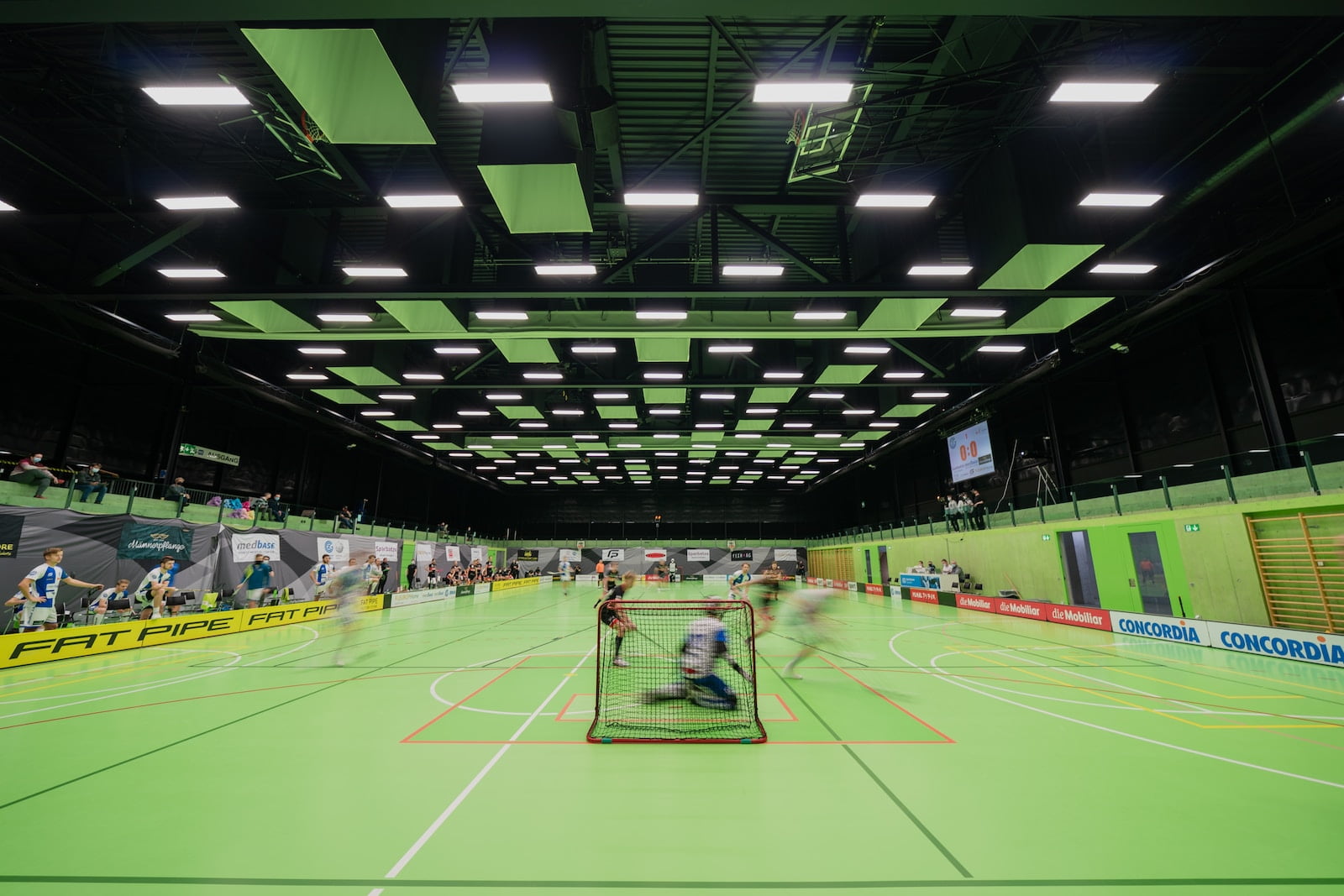One might argue that netball is a standardized sport played in a uniform manner across the globe. However, upon closer examination, it becomes evident that variations of netball exist, each with its own set of rules and unique characteristics.
This article aims to explore the different types of netball that have emerged over time, including:
- Traditional outdoor netball
- Indoor netball
- Fast5 netball
- Beach netball
- Variations in different countries
By examining these variations, we can gain a deeper understanding of the diverse ways in which netball is played and how it has evolved to suit different environments and preferences.
This objective and impersonal exploration of the various types of netball will provide readers with valuable insights into the sport’s adaptability and global appeal.
Traditional Outdoor Netball
Traditional outdoor netball is a popular team sport played primarily by women. It is characterized by its fast-paced nature, strict rules, and emphasis on skillful ball handling and precise passing. The game is played on a rectangular court with two teams of seven players each. The objective is to score goals by shooting the ball through a raised hoop.
The game requires players to have good agility, coordination, and teamwork. It is typically played on grass or hard courts, with players wearing appropriate athletic attire and using a rubber ball.
It is worth noting that there are variations of netball, including indoor netball. Indoor netball is played in a smaller court and allows for more physical contact between players. It also has its own set of rules and regulations that differ from traditional outdoor netball.
Indoor Netball
Indoor netball is a modified version of the sport played within an enclosed court, providing players with a faster and more dynamic experience. This variation of netball offers several benefits, such as:
- Improved fitness levels
- Enhanced hand-eye coordination
- Increased agility
The enclosed court also promotes a high-intensity game, requiring quick decision-making and strategic teamwork.
To excel in indoor netball, players should focus on improving their ball handling skills, as the faster pace of the game demands precise passing and catching abilities. Additionally, agility and footwork are crucial for navigating the smaller court effectively.
Players can enhance their indoor netball skills by regularly practicing these aspects, participating in team drills, and seeking guidance from experienced coaches.
By embracing the challenges of indoor netball and implementing these tips, individuals can develop their abilities and enjoy the dynamic nature of the sport.
Fast5 Netball
Fast5 Netball is a dynamic and exciting variation of the sport that introduces innovative rules and strategies, creating a fast-paced and high-scoring game. Unlike traditional outdoor netball, Fast5 Netball aims to increase the excitement and intensity by implementing various rule changes. The most significant difference is the reduction in players, with only five players per team instead of the usual seven. This change allows for increased agility and speed on the court. Additionally, there are multiple scoring options available in Fast5 Netball, such as the introduction of a two-point shot and a powerplay quarter where all goals scored count double. These modifications enhance the game’s competitiveness and make it more appealing to spectators. The following table illustrates some key differences between Fast5 Netball and traditional outdoor netball:
| Fast5 Netball | Traditional Outdoor Netball |
|---|---|
| 5 players per team | 7 players per team |
| Two-point shots | One-point shots |
| Powerplay quarter | No powerplay quarter |
| Fast-paced | Relatively slower pace |
| High-scoring | Lower-scoring |
This innovative version of the sport provides a refreshing and entertaining twist to the traditional netball game.
Beach Netball
Beach Netball, a thrilling adaptation of the sport, takes the game to the sandy shores, creating a unique and invigorating playing environment.
In beach netball, the rules and gameplay are similar to traditional netball, but with a few modifications to suit the beach setting. The court is smaller, with only five players per team instead of seven, and the game is played barefoot. The sandy surface adds an extra challenge, as players must adapt their footwork and movements to the uneven terrain.
Playing beach netball offers several benefits. The soft sand provides a low-impact surface, reducing the risk of injuries compared to playing on a hard court. The beach environment also adds an element of fun and enjoyment, allowing players to experience the game in a more relaxed and casual setting. Additionally, the natural resistance of sand helps to improve players’ strength and conditioning, as they must exert more effort to move and perform skills.
Overall, beach netball offers a refreshing and exciting twist to the traditional game, providing a unique playing experience for netball enthusiasts.
Netball Variations in Different Countries
Netball variations in various countries showcase unique adaptations of the sport, reflecting the cultural and geographical influences on gameplay and rules. These netball variations highlight the diverse ways in which the sport has evolved across different nations.
In England, the birthplace of netball, the game is played indoors during winter months, emphasizing fast-paced, strategic play.
In Australia, where netball is immensely popular, the sport is played outdoors on larger courts with modified rules, allowing for a more physical style of gameplay.
In Jamaica, netball is deeply rooted in the country’s history and culture. Here, the sport showcases a distinct style characterized by agility, speed, and explosive movements.
In New Zealand, another netball powerhouse, the game is played with a strong emphasis on teamwork and precision passing.
These netball variations demonstrate how cultural influences shape the rules and strategies of the game, making netball a truly global sport.
Conclusion
Netball comes in various forms, each with its unique characteristics.
Traditional outdoor netball is played on a court, while indoor netball takes place inside.
Fast5 netball is a faster version of the game, and beach netball is played on sand.
Additionally, different countries have their own variations of netball.
Overall, netball is like a multifaceted gem, with each type representing a different facet.
Just as a gem’s beauty lies in its diverse facets, netball’s appeal lies in its various forms, offering something for everyone.






